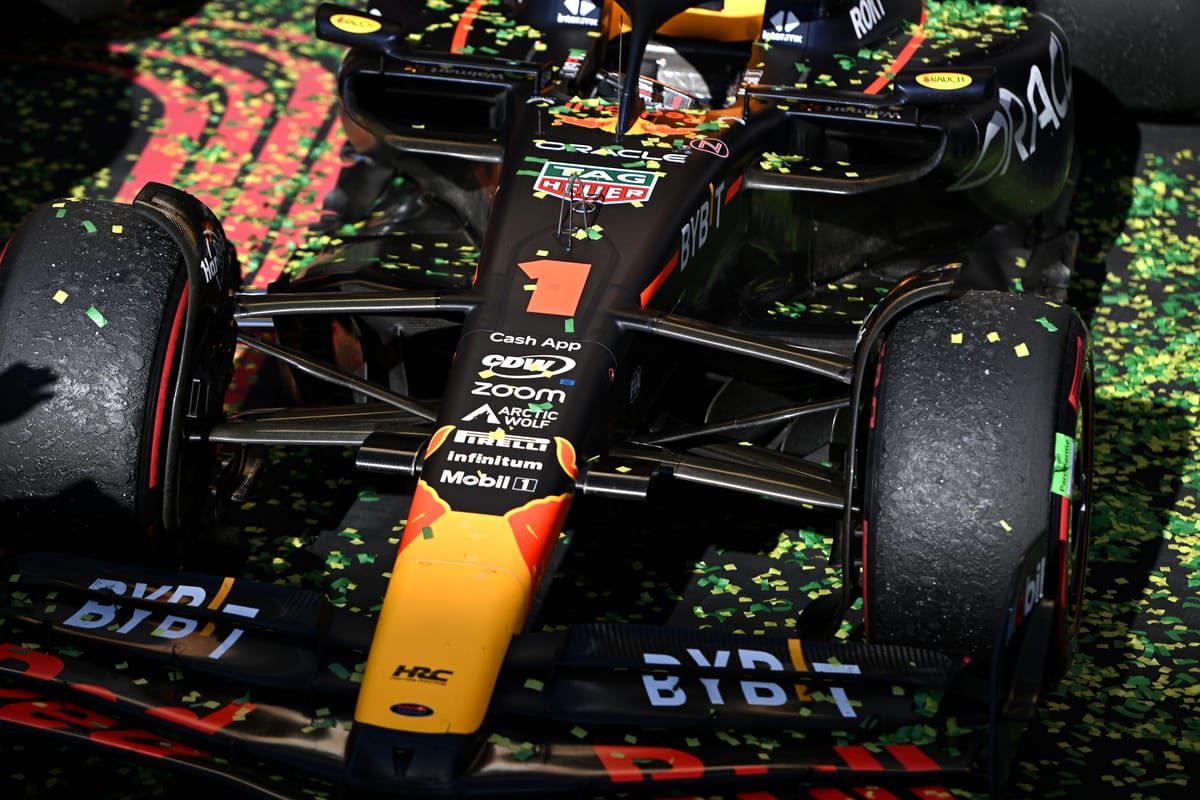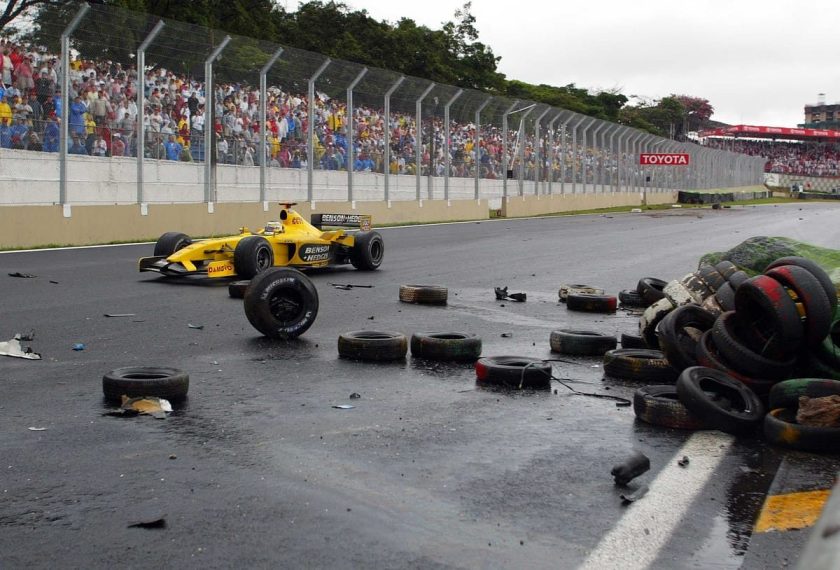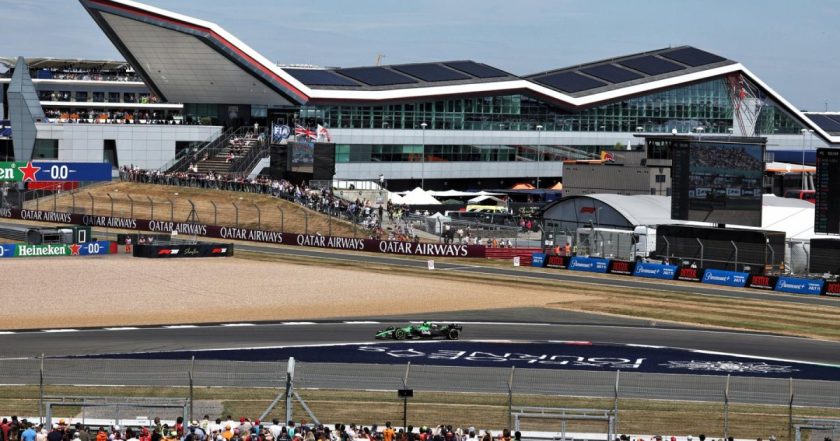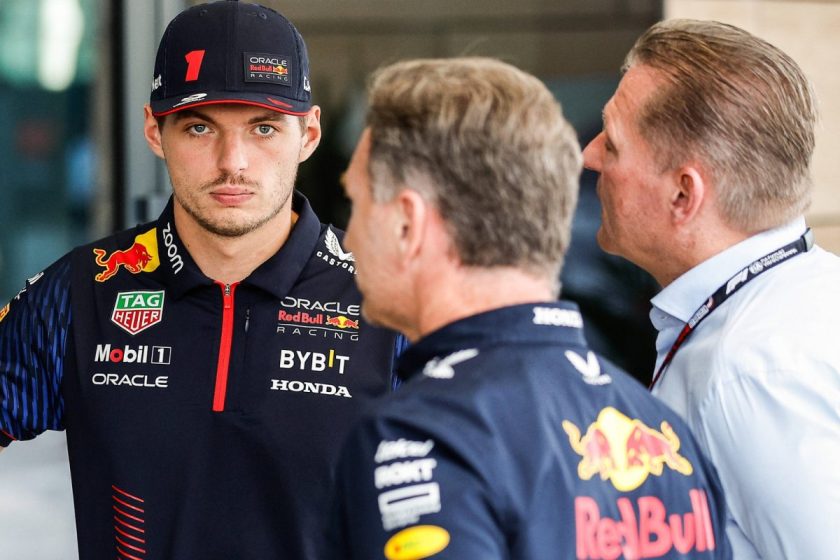P1racenews AI automatic summary:
The performance specification of each 2024 F1 car, which should have been set months ago, is far more important to its function than the visual concept. Gary Anderson explains what the teams need to prioritise, and where the chasing pack can take inspiration from Red Bull
With 10 Formula 1 teams eager for success in 2024, it’s crucial to finalize the design and prepare for the pre-season test in Bahrain from February 21-23. The outcome of this test and the first race weekend will reveal which teams have made progress, stayed stagnant, or unfortunately regressed. Unveiling the new car feels like Christmas Day, hoping for something special and not just another pair of socks. Despite the visual concept, the real performance of the car relies on the specifications that were established months ago. The airflow structure plays a critical role in delivering the desired performance through various driving conditions. Achieving stability and consistency for the driver is key, as it instills confidence and encourages pushing the limits. Creating the right performance profile is challenging, as the car is in a transient condition for most of the lap. Continuous modifications are made in research and development to align the performance specification with expectations. Managing the team to meet the objectives set by the technical director is the responsibility of the aerodynamicist, chief designer, or head of vehicle dynamics. It is a constant pursuit of improvement, as too easy of a task may indicate a lack of ambition. Ultimately, achieving success will be an ongoing process until the season concludes.






